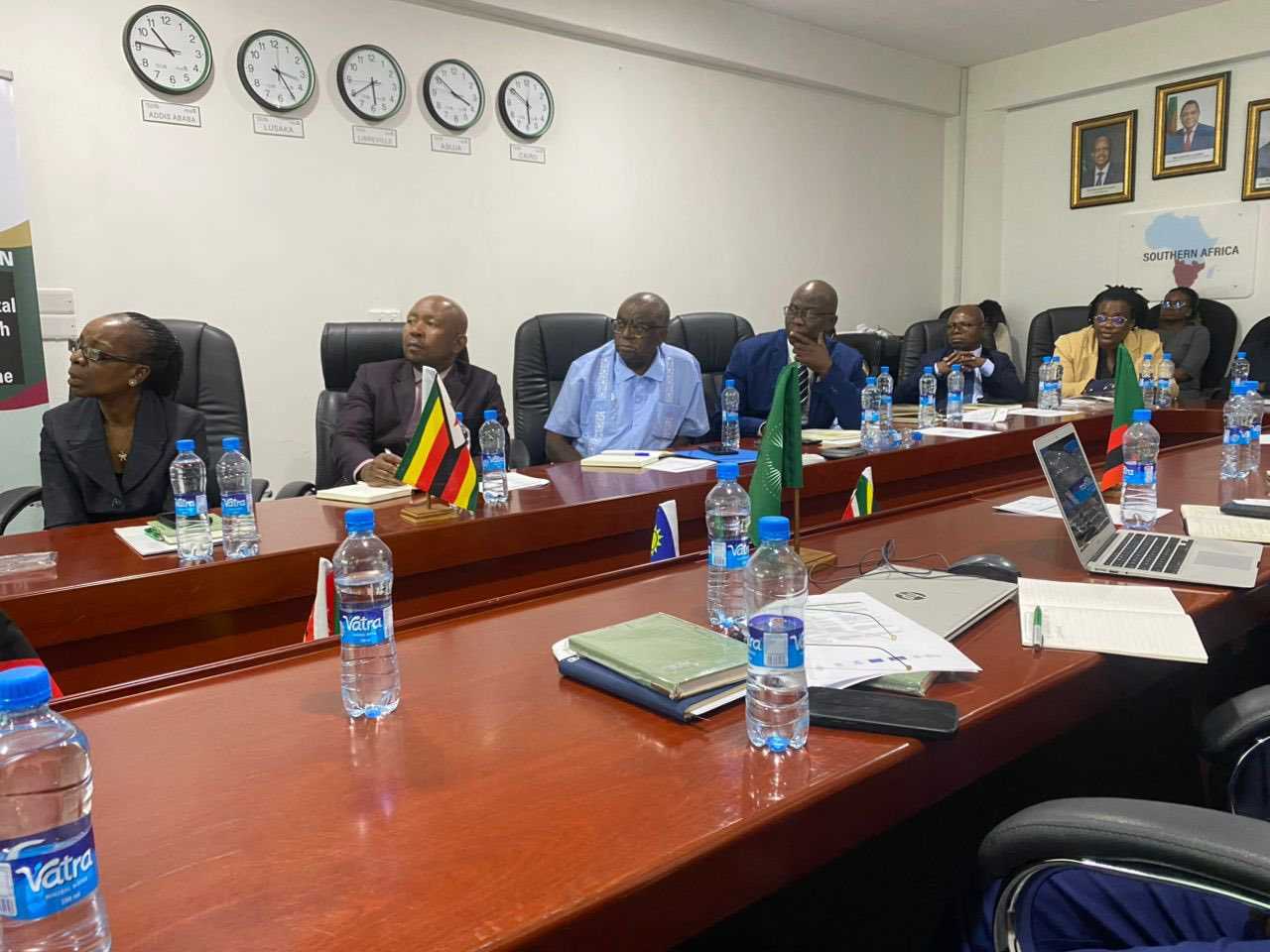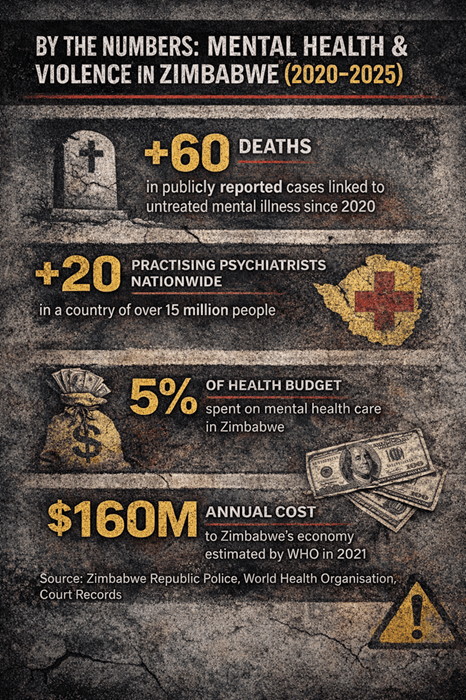
Munyaradzi Blessing Doma in Kwekwe
While Zimbabwe has achieved the 95-95-95 UNAIDS targets aimed at ending AIDS by 2030, Midlands Province is still lagging, with children being the most affected at 73 percent.
One of the main reasons for this low performance among children is their limited access to health services. This was revealed by the National AIDS Council Manager for Midlands Province, Mambewu Shumba, during a media tour with journalists.
The UNAIDS targets seek to ensure that 95 percent of people living with HIV know their status, 95 percent of those diagnosed with HIV are on antiretroviral therapy, and 95 percent of those on ART achieve viral suppression.
Shumba revealed that with an estimated population of 1.8 million, Midlands Province has about 165,019 people living with HIV, of which 7,119 are children aged 0-14, while adults account for about 157,900, according to 2024 estimates.
“In terms of ART coverage and the 95-95-95 targets, we are not performing well, particularly among children. In Midlands Province, ART coverage for children is at 73 percent, yet the target is 95 percent.
"For the 15-49 age group, coverage stands at 89 percent, which is still below the 95 percent target, even though the country has performed well in other age groups,” said Shumba.
He added that the low performance among children has largely been attributed to mothers failing to ensure their children access sufficient health services.
However, Shumba emphasized that the province is actively seeking ways to improve children’s access to health services.
“Low performance among children is caused by the fact that we are not reaching enough children. This has been scientifically proven through a study conducted within our province.
Related Stories
"We have seen that children are not accessing enough services. Hence, as a province, the National AIDS Council, the Ministry of Health, and partners have agreed to launch a campaign providing massive information at all entry points. This includes outpatient departments, community outreaches for people with opportunistic infections, and integrated services.
“We will also address family planning, Pre-Exposure Prophylaxis, and mobilization for children to be registered. We have a programme for mothers to encourage early registration of pregnancies and ensure they receive all necessary information.
"Campaigns and mobilization for children will also be carried out through the Sista2Sista programme, which has a component dedicated to child registration,” added Shumba.
He further revealed that all nurses in the province have been tasked with ensuring that mothers accessing health facilities are encouraged to utilize all available services for their children.
“When mothers visit clinics, whether for themselves or their children, they are provided with comprehensive information and counselling, and it is anticipated that they will accept the services offered,” he said.
Shumba also highlighted community-level structures that have been established to educate people on the four pillars of health: non-communicable diseases, drug and substance abuse, male engagement, and disaster preparedness, in addition to HIV.
These structures aim to mobilize communities to access services.
Administratively, Midlands Province has eight districts, but for the purposes of the national HIV and AIDS response, there are ten districts, as Kwekwe and Gweru are each divided into urban and rural areas to manage disease burden and coordination more effectively.
The province has 275 health facilities, including eight district hospitals, Gweru Provincial Hospital, and Kwekwe General Hospital.



















Leave Comments